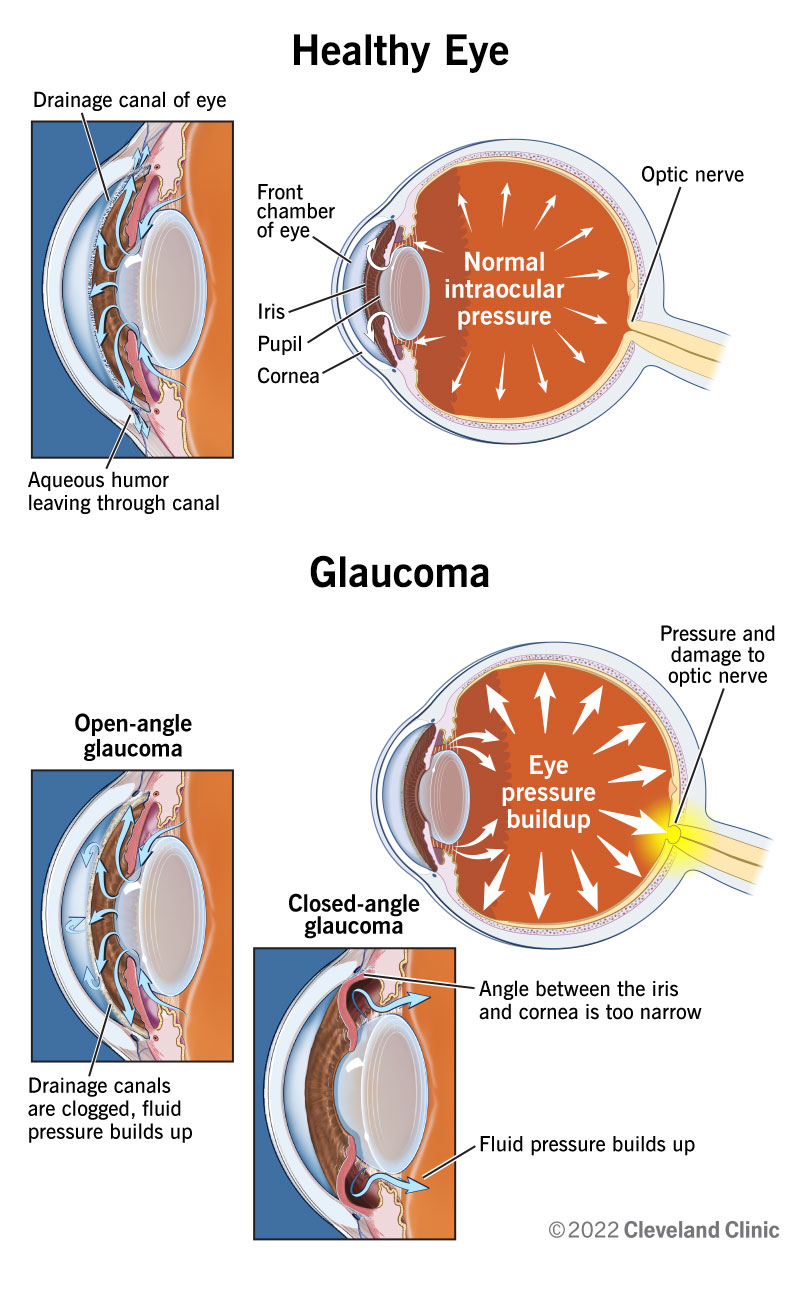Comprehending the Various Vision Adjustment Procedures Available for Clearer Sight
In the realm of vision modification treatments, a plethora of choices exist to attend to refractive errors and give individuals with more clear view. From the extensively recognized LASIK surgical treatment to less invasive procedures like PRK and implantable lenses, the area of ophthalmology supplies a variety of techniques tailored to match different requirements and preferences. Each procedure features its very own set of factors to consider, benefits, and possible threats. Understanding the nuances of these vision improvement methods is critical for making informed choices regarding one's aesthetic health. Let's discover the intricacies of these procedures and clarified the course to accomplishing enhanced vision clarity.
LASIK Surgical Treatment
LASIK surgical treatment is a typical refractive procedure used to deal with vision problems such as nearsightedness, farsightedness, and astigmatism. This surgical technique, which stands for Laser-Assisted in Situ Keratomileusis, intends to reshape the cornea to enhance how light is concentrated on the retina, ultimately enhancing vision clearness.
One of the key benefits of LASIK surgical procedure is the rapid improvement in vision experienced by clients. Numerous individuals see a significant improvement in their eyesight instantly after the procedure. Additionally, the majority of clients report minimal discomfort and pain during the surgical treatment and recuperation period. The recovery time for LASIK is relatively quick, with several people returning to their day-to-day tasks within a day or 2 post-operation. In general, LASIK surgical treatment is a preferred choice for people seeking a long-lasting service for their vision troubles.
PRK Procedure
While additionally a common refractive treatment, the PRK (Photorefractive Keratectomy) technique varies from LASIK surgery in its strategy to fixing vision problems. In PRK, rather than creating a flap on the cornea, the outer layer of the cornea, called the epithelium, is totally gotten rid of. This allows the laser to improve the cornea to fix refractive mistakes such as farsightedness, astigmatism, and nearsightedness straight on the surface.

Despite the longer recovery time, PRK can produce outstanding lead to vision enhancement, making it an important alternative for those who may not appropriate prospects for LASIK surgical treatment.
Implantable Lenses
In comparison to PRK where the cornea is improved directly, implantable lenses use one more approach for dealing with vision by placing man-made lenses inside the eye. This procedure is particularly valuable for people with high levels of farsightedness, nearsightedness, or astigmatism who might not appropriate candidates for laser surgical procedures like LASIK or PRK.
Implantable lenses, also called phakic intraocular lenses, work by supplementing the eye's natural lens with a synthetic one. retina service near me. These lenses can be positioned before the natural lens (anterior chamber) or behind the iris and before the all-natural lens (posterior chamber) By adjusting the power and positioning of these lenses, eye doctors can efficiently remedy refractive mistakes and improve aesthetic skill
One advantage of implantable lenses is that they are exchangeable and detachable, giving adaptability for future adjustments. However, just like any operation, there are risks involved, such as infection or cataract formation. Patients thinking about implantable lenses must seek advice from an eye treatment specialist to identify the most suitable choice based on their specific requirements and eye health and wellness.
Corneal Rings
Corneal rings, also called intracorneal ring segments, are small, transparent gadgets put into the cornea to deal with vision distortions such as keratoconus. Keratoconus is a condition where the cornea thins and protrudes exterior, creating vision to come to be altered. The insertion of corneal rings assists to squash the cornea, enhancing aesthetic acuity and minimizing the uneven astigmatism brought on by keratoconus.
The treatment for putting corneal rings is minimally invasive and reasonably fast, frequently carried out as an outpatient treatment. During the surgery, the ophthalmologist makes a little laceration in the cornea and inserts the rings at a certain depth. When in position, the rings aid to reshape the cornea, giving a smoother surface area for light to get in the eye, which can result in clearer vision.
Corneal rings are considered a relatively easy to fix treatment, as look at this site they can be removed or replaced if essential. glaucoma service near me. While they might not entirely remove the requirement for glasses or i thought about this get in touch with lenses, corneal rings can substantially improve vision quality and total visual convenience for individuals with keratoconus or other corneal abnormalities
Refractive Lens Exchange
Complying with the correction of corneal irregularities with procedures like corneal rings, another vision modification technique that can address refractive mistakes is Refractive Lens Exchange (RLE) RLE is a procedure that entails replacing the eye's natural lens with a fabricated intraocular lens (IOL) to remedy refractive errors such as nearsightedness, presbyopia, and farsightedness. This treatment is specifically valuable for individuals that may not be suitable prospects for procedures like LASIK or PRK due to aspects such as thin corneas or high refractive errors.

Verdict
In verdict, there are numerous vision modification treatments readily available to aid people accomplish clearer view. LASIK surgical treatment, PRK procedure, implantable lenses, corneal rings, and refractive lens exchange are all choices that can deal with different vision issues.
In the world of vision improvement treatments, a wide variety of choices exist to resolve refractive mistakes and supply individuals with clearer view.LASIK More about the author surgical procedure is a typical refractive procedure made use of to remedy vision issues such as astigmatism, farsightedness, and nearsightedness.While also a common refractive treatment, the PRK (Photorefractive Keratectomy) technique varies from LASIK surgical treatment in its method to correcting vision troubles.Following the improvement of corneal abnormalities with procedures like corneal rings, an additional vision adjustment strategy that can attend to refractive errors is Refractive Lens Exchange (RLE) LASIK surgical procedure, PRK procedure, implantable lenses, corneal rings, and refractive lens exchange are all alternatives that can deal with different vision concerns.